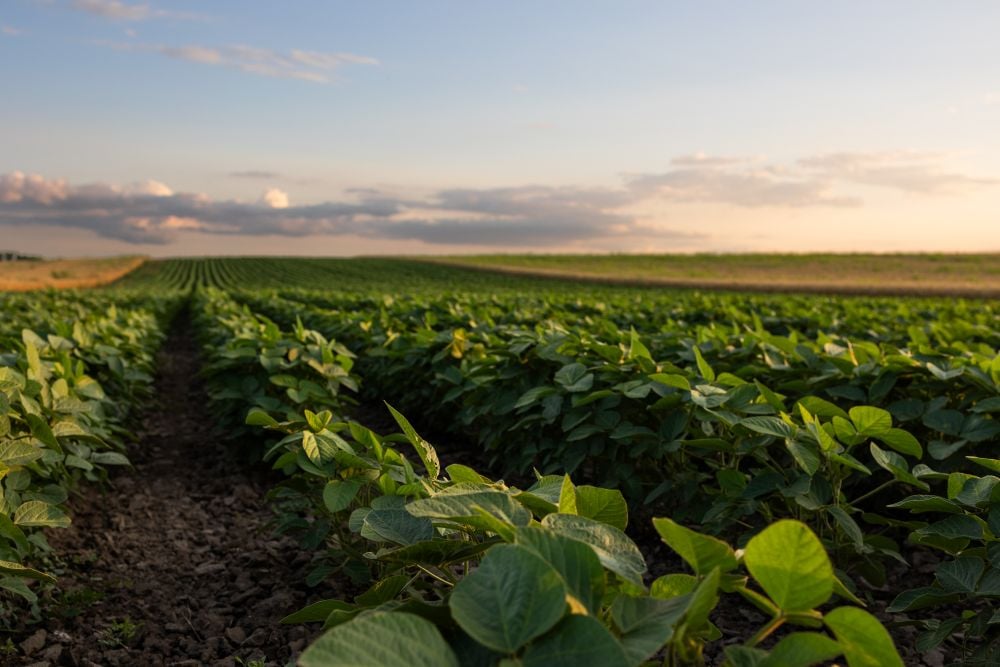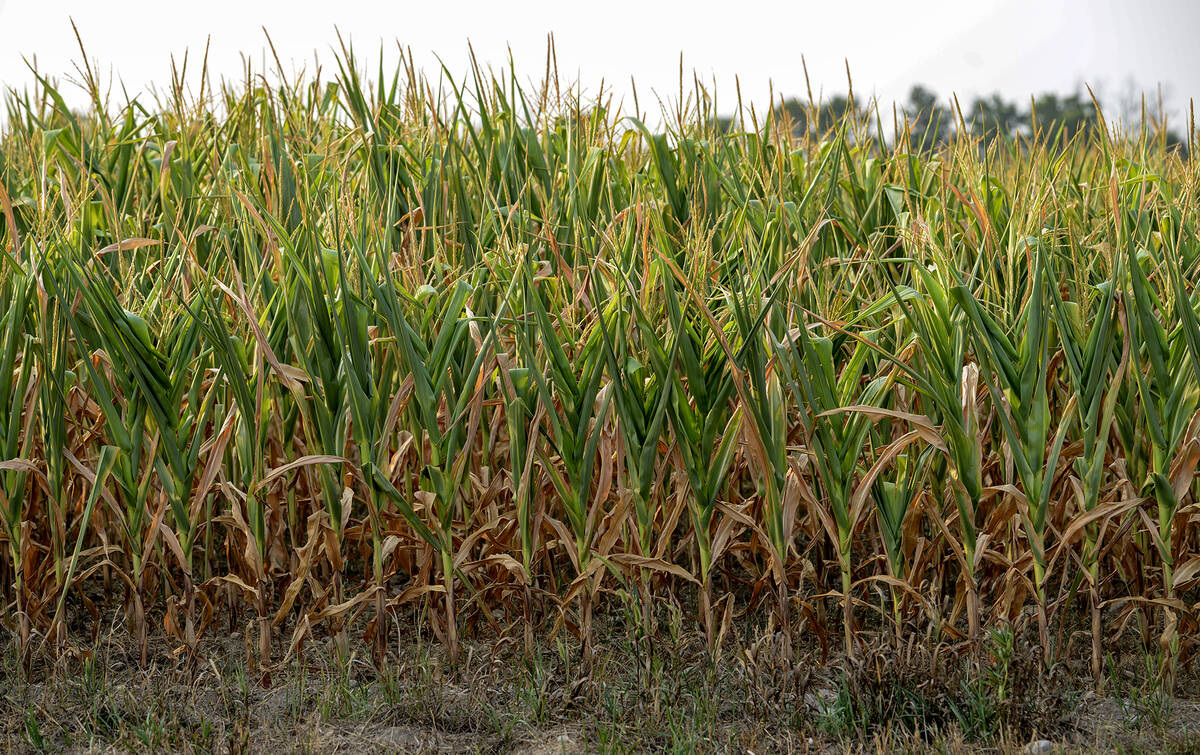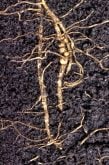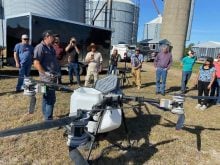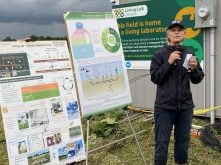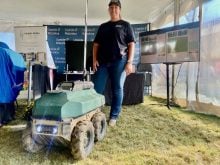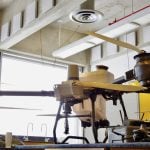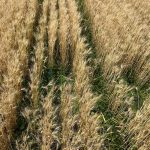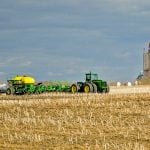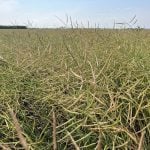Ontario’s 2025 corn crop had high potential, but a combination of widespread dry conditions and spotty rain events through late summer has led to a high variance in both maturity and yield in fields across the province.
Why it matters: Hot, dry weather through August and September left Ontario’s corn crop with huge yield swings.
In some cases, high variance occurred within the same field.
Regional differences
Henry Prinzen, certified crop advisor and Ontario agronomy lead for Maizex, says his observations indicate the province’s deep southwestern region has produced “some really impressive corn,” with some growers likely to have “one of the best years ever.”
Yields of 250 bu./acre are not unheard of, with one of Prinzen’s fields hitting 300.
However, things look very different the further north and east you go.
In Huron and Bruce County, for example, yields from fields not far apart have seen 100-bushel gaps. East of Toronto, Prinzen says “its all bad news” with the corn crop not finishing properly and early freezing.
Read Also
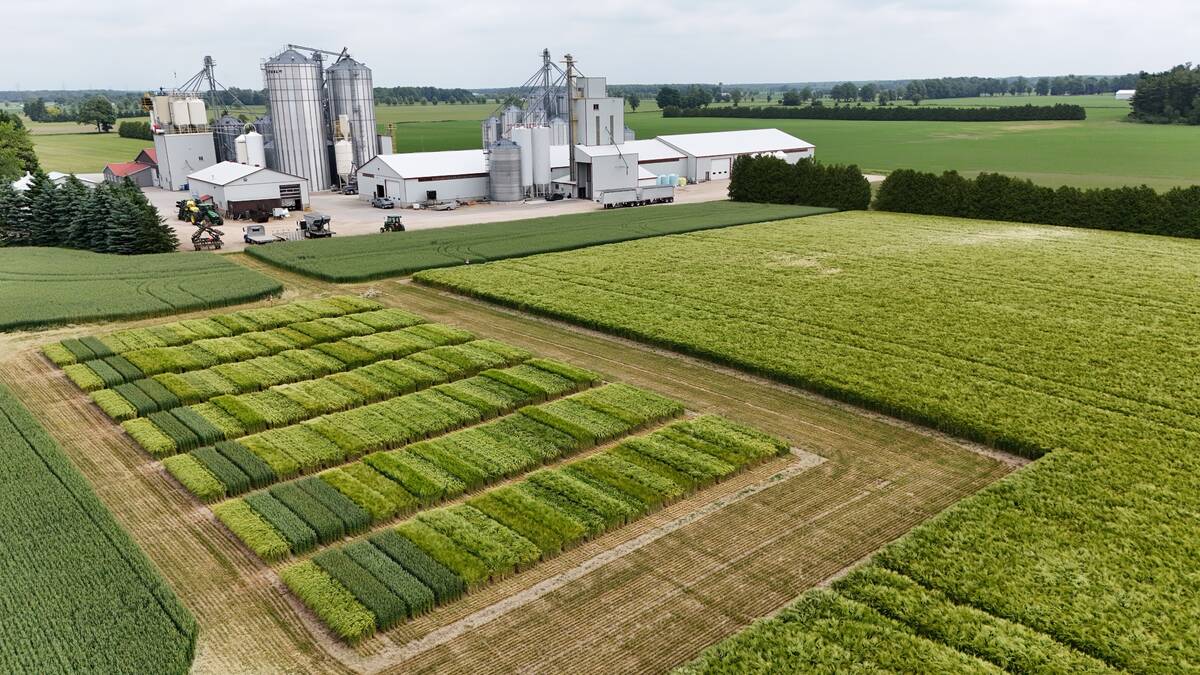
Winter cereals beyond wheat gaining traction
Winter cereals such other than wheat, such as barley, could provide better yield and rotation options for Ontario growers.
Indeed, he thinks 2025 will be a year some eastern growers “will tell their grandkids about.”
Speaking more generally, he says an absence of moisture and hot, dry conditions through August and September led the corn crop in many regions to “cannibalize” their stalks and ear shanks in an effort to fill large kernel sets.
Like eastern Ontario, corn grown on sandy soils in places such as Norfolk County “are a disaster,” with plants already laying on the ground.
Maturity is also enormously varied, even between the same hybrids planted within days — sometimes a single day — of each other.
“We’ve got cutting 34 per cent [moisture] corn beside guys cutting 18.5 per cent corn. Some hybrids just stalled. They physically stopped growing and just sat in the field waiting for a rain,” says Prinzen. He adds the provincial average will likely be average – though the final number will mask the significant variability.
“It’s the most variable year I’ve ever been a part of at Maizex.”
Bob Thirwall, customer solutions lead for Bayer Crop Science, shares Prinzen’s observations.
“Some fields are getting in the low 20s now. Many are in the mid 20s. And its variable in the field. I’m talking to growers that have five or six points difference,” Thirwall says, also referencing variability in seed moisture levels.
As November approaches, his advice for growers is to not delay harvest.
“If it’s dry enough to go, then keep rolling because I’m starting to get concerned about stalk integrity. At this time of year, we’re doing the push test on all our hybrids. We’re starting to get some that are a little weak…If you’re at 25 per cent or lower, I’d say put the hammer down.”
Little effect from disease
On a positive note, Thirwall observed little negative impact from tar spot — the pathogen appears to have infected the crop late in the growing season — as well as little gibberella pressure, barring a few pockets in the southwest.
“Guys shipping dry corn out of their elevators, test weights have been very strong,” says Thirwall, noting surprise given the prolonged hot and dry spell in September.

